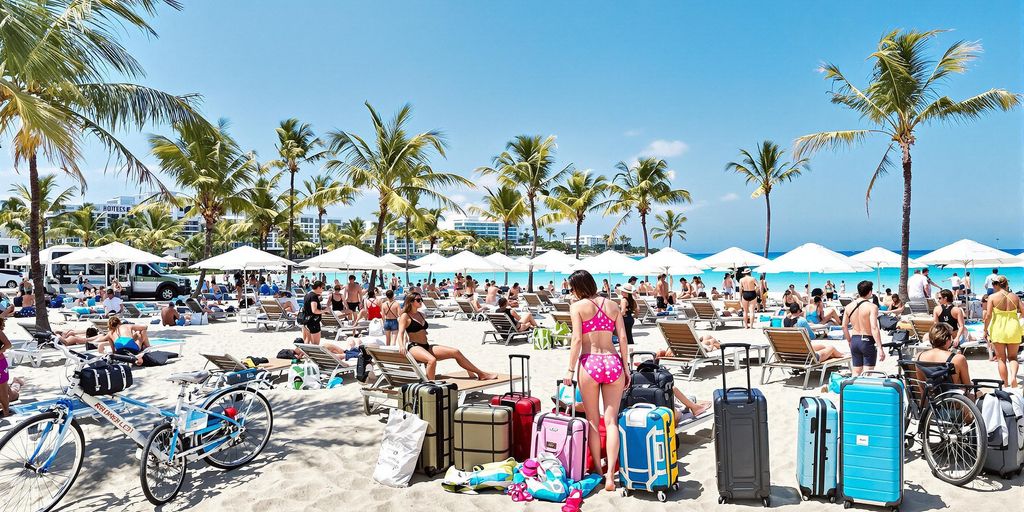Last week, Samuel Hine received a direct message from Marcel Ames, a menswear brand owner hailing from Virginia. Ames was reaching out to express his excitement about the forthcoming Met Costume Institute exhibition, “Superfine: Tailoring Black Style.” Known for creating fervor each year, this year’s exhibition aims to shine a spotlight on the Black dandy’s vast influence on fashion throughout history. More than this, it marks the first time that an entire wing will be dedicated to understanding the racial dynamics of the fashion industry.
For those not familiar with the term, a dandy refers to those pushing the boundaries of fashion, often through an eclectic mix of traditional and contemporary styles. The exhibition promises to pay tribute to this yet often overlooked reality: for the first time in a span of 20 years, focusing on menswear alone.
Hine’s conversation with Ames reveals a deep excitement about menswear playing a significant role during a renowned fashion event like the Met Gala. Particularly, key players from the Black community such as A$AP Rocky, Pharrell Williams, Lewis Hamilton, LeBron James, and Colman Domingo will be presiding over the event as co-chairs.
Furthermore, the exhibition sets the stage for recognizing the crucial role of Black designers in revolutionizing men’s fashion. Remarkably, modern names akin to Pharrell, Tyler the Creator, Gunna, and Erik Abloh have brought forth a revolutionary wave in the menswear industry with their unique interpretations and renditions of Black representation.
It is noteworthy to mention that the fashion powerhouse Erik Abloh played a significant role in integrating the essence of streetwear with an exuberant worldwide appeal. Coupled with contributions from designers Grace Wales Bonner and Martine Rose, this led to pivotal discussions on masculinity, hierarchy, and accessibility, thereby fueling the advancement of menswear.
An increasing interest in understanding little-known historical aspects added to the anticipation. According to the Costume Institute curator, Andrew Bolton, the exhibition aims to bridge the gap in the awareness of Black dandyism, a story widely absent from historical affairs. Addressing this imbalance seeks to acknowledge and appreciate the notable contributions of Black designers to menswear.
However, sharing Ames’s perspective reveals further layers to the narrative. As a Black designer based in Virginia, he underscores the significance of resilience and resourcefulness in appreciating Black dandyism.
Balancing this pride and its inherent tension, Ames reflects on family memories that show the impact of fashion on his own history. The story of his grandparents, who met at the booming Savoy Ballroom, a jazz club renowned as a hub of Black dandyism, and choice pictures of his uncle, depict the expressiveness and elegance of Black dandyism through the ages.
However, he candidly shared his reservations. Rising above skin color regardless of the clothing worn, he suggests, was a challenge that he faced personally. Expanding on this notion, the influence of dandyism on enslaved individuals and their transformation into global trendsetters is a prominent theme in the exhibition narrative.
As we progress beyond surface-level acknowledgments, the conversation draws attention to the trials faced by Black creatives in the menswear industry even today. Echoing the sentiments of numerous struggling independent fashion designers, Ames points out that having the necessary resources like funding and shelf space remains a struggle. Despite the prestige associated with events like the Met Gala, the need for real, actionable support for Black designers persists.
In conclusion, “Superfine: Tailoring Black Style” serves as a pivotal juncture to understand the profound impact of the Black dandy community on today’s landscape of menswear. And while the attention, appreciation, and celebration are gratifying, it’s essential to reflect on how much resources, support, and acceptance we owe them in return.


.jpg)


